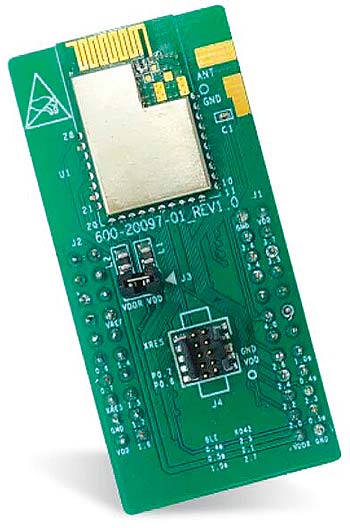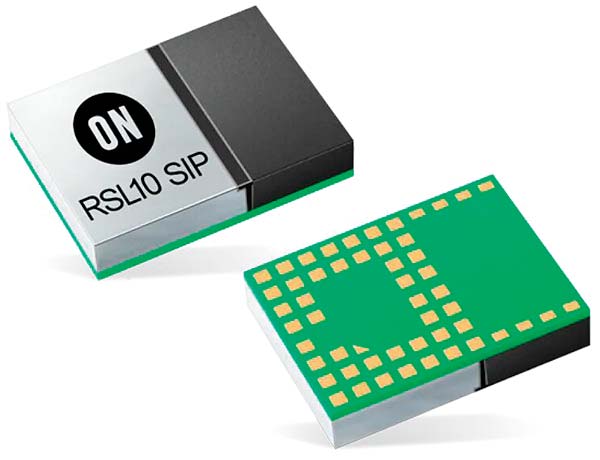 Likewise, competition among established tech giants, such as Amazon, Google, Apple and Microsoft, to provide digital assistants to serve as intelligent control hubs for smarter homes has enabled the average household to go beyond smart TVs and entertainment systems to remotely controlling lighting, heating and security functions. Internet service providers are also now providing services to set up home automation and wireless network solutions.
Likewise, competition among established tech giants, such as Amazon, Google, Apple and Microsoft, to provide digital assistants to serve as intelligent control hubs for smarter homes has enabled the average household to go beyond smart TVs and entertainment systems to remotely controlling lighting, heating and security functions. Internet service providers are also now providing services to set up home automation and wireless network solutions.
Research firms all envisage significant growth in the global smart home business over the course of the next five years or so, but their forecasts vary quite dramatically in terms of monetary value. These range from USD 53 billion in 2022 (as stated in a report by Zion), to more than USD 150 billion by 2023 (according to Orbis) and over USD 151 billion by 2024 (as cited in MarketsandMarkets’ latest study on this subject).
Home automation continues to be among the technologies that dominate CES each year, and the 2019 event was no exception. However, despite all the marketing activity and extensive media attention, not many consumers are actually jumping on the opportunity to equip their homes with smart appliances. This is mainly due to concerns about security and data privacy.
Incidents such as the Amazon Echo that sent a recording of a private conversation to a random contact in the owner’s address book, as well as the numerous cyberattacks on major hotel chains and airlines supposedly protected by enterprise-level Internet security systems, are making consumers wary of smart home devices that are always “listening” and collecting data. Microsoft predicts that by 2020, each smart home will on average generate a staggering 50GB of data per day.
Designing solutions for smart living spaces will require cost-effective technologies that are not only suitably connected, as well as energy efficient and easy to integrate, but that have to be secure and reliable as well. Let’s looks at the core technologies that could help finally make home automation commonplace.
Smart and Connected
NXP’s JN5168-001-M0xx series are ultra-low-power, high-performance surface-mount wireless modules aimed at IEEE 802.15.4, JenNet-IP, ZigBee light link, ZigBee smart energy and RF4CE networking applications. These off-the-shelf modules remove the need for expensive and lengthy development of custom RF board designs and test suites, thus enabling OEMs in the home automation sector to realize compelling products with accelerated time-to-market and minimal investment. They are based on the company’s JN5168 wireless microcontroller unit (MCU) – which delivers a large memory resource, a high-performance processing core and strong radio performance (with all necessary RF components included). What is then needed to develop and manufacture wireless control or sensing products is to connect the power supply and peripherals (switches, actuators and sensors), considerably simplifying the process.
Bridgetek’s FT90x 32-bit embedded MCUs are developed for high-speed, interface bridging tasks and offer a wide range of I/O capabilities. They have a parallel camera input, 10/100 Base-TX Ethernet interface and CAN bus, plus USB 2.0 high-speed peripheral and host ports. The FT32 processor core incorporated into each MCU operates at 3.1DMIPs/MHz, with true zero wait state (0WS) operation up to 100MHz. Designed for closed-circuit monitoring, security digital video recording and security network systems, these MCUs feature a unique data streaming domain. This eliminates the need for complex direct memory access (DMA) interfacing to transfer data internally, thereby providing a highly deterministic processing model. 256kB of program/shadow memory and 64kB data memory are incorporated.
Smart and Automated
Cypress Semiconductor’s EZ-BLE and EZ-BT wireless Internet connectivity for embedded devices (WICED) offerings enable simplification of the design and development of home automation hardware. These fully integrated modules each feature an on-board crystal oscillator, Flash memory, passive components and a proprietary CYW207xx system-on-chip (SoC) with a 32-bit ARM Cortex-M3 processor. They are low-power units that support pulse-width modulation (PWM) and analog-to-digital conversion (ADC), as well as UART, SPI and I2C serial communication. The EZ-BT WICED modules also include a PCM/I2S audio interface and 512kB of serial Flash memory, along with a royalty-free Bluetooth 5.0-compatible stack. In contrast, the EZ-BLE WICED modules come with 128kB of Flash memory plus 60kB of SRAM for over-the-air updates and self-sufficient operation. They are supplied with a royalty-free BLE stack that is compatible with Bluetooth 4.1 functionality. Both modules are supported by the company’s WICED Studio software development kit (SDK) for IoT that combines Wi-Fi and Bluetooth into a single integrated development environment (IDE).
ON Semiconductor’s RSL10 multi-protocol system-in-package (SiP) features ultra-low-power wireless connectivity to meet the needs of a broad array of connected applications within the IoT and home automation arena. This versatile Bluetooth 5-certified SiP includes support for a 2Mbps RF link, as well as 2.4GHz proprietary or custom protocols. It has a 48MHz ARM Cortex-M3 processor bolstered by a 32-bit dual-Harvard DSP core that supports intensive signal processing tasks. Encompassing both Flash and RAM, its diverse memory architecture enables storage of the Bluetooth stack, as well as other applications. The package also includes a DMA controller, oscillators and high-efficiency power management units. It supports a supply voltage range of 1.1V to 3.3V.
The RSL10 SiP evaluation board provides access to all input and output connections through standard 0.1-inch headers. Additionally, it offers an embedded communication interface circuit and J-Link capabilities to enable engineers to debug this hardware through a USB/PC connection.
Smart and Comfortable
TE Connectivity’s HTU21D digital relative humidity sensor is enclosed in a reflow-solderable DFN package with a 3mm × 3mm footprint. It provides calibrated, linearized signals via I²C. This low-power device is a dedicated plug-and-play humidity and temperature transducer for HVAC systems, security cameras and suchlike. Direct interfacing with an MCU is enabled through the modular humidity/temperature digital outputs. Every sensor is individually calibrated and tested, with the resolution altered by command (8/12bit up to 12/14bit for RH/T). A checksum helps to improve communication reliability.
The AAEON UP EnOcean smart home kit offers designers numerous potential solutions for the home – including light dimming, roll-up/down blinds, window sensors and temperature control. This kit comprises a PTM210 electrodynamic push-button transmitter with two test rockers, an STM329 wireless magnet window contact module, an STM330 wireless temperature sensor module, an Eltako/BSC wireless contact switch, plus the company’s adapter board for general-purpose input output (GPIO). It can be shipped with the communication frequency set at 868MHz for Europe or 902MHz for North America.
ams’ Smart Lighting Engines are part of the company’s popular Cognitive Lighting product family – which boasts sophisticated embedded sensing, sensor hub functionality and autonomous management capabilities. By employing it, IoT smart lighting can be implemented that adapts to meet the aesthetic properties desired by the user. The AS7211 networking-enabled IoT smart lighting manager with an embedded digital ambient light sensor provides closed-loop and automatic daylighting management. IoT luminaire control is managed through a network connection, or by connection to 0V to 10V dimmers, with control outputs that include direct PWM to LED drivers. A simple text-based smart lighting command set and serial UART interface facilitate integration with standard network clients.
Smart Home Technology is Destined to Get Smarter
Widespread adoption of home automation hardware/software still has some way to go. There needs to be further technological progression before it actually delivers what the name implies. However, it probably won’t be that long until the limitations of current smart devices are overcome – with newer technologies being introduced and greater reliance on AI certain to prove critical here. Not only must these devices become smarter, they must also be designed to ensure heightened levels of security – so that people can feel truly safe in their own smart home.
Mouser Electronics
Authorised Distributor




